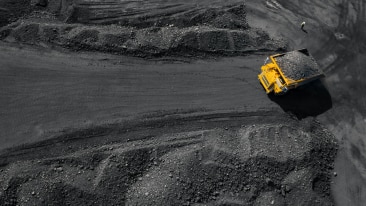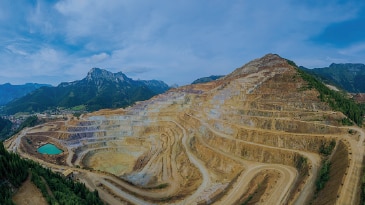The concept of preventative maintenance is simple and most of us already have a good understanding of it. We all do this with our cars – we change the oil and get the brake pads and filters replaced. Fix things before they break so they don’t cause larger issues down the road.
In mining, it’s a bit more complex, because the OEMs have schedules for when each part needs to be serviced or replaced at a pre-determined number of operational hours. But, largely, the theory is the same and this is, unsurprisingly, the conventional approach to maintenance that OEMs recommend.
In reality, preventative maintenance doesn’t necessarily stop breakdowns at inconvenient or crucial times and anyone that has ever had to jumpstart their car or replace a tire on a highway shoulder can attest to that. It is possible to replace failing parts as the maintenance strategy suggests, only to have other parts fail due to a fault somewhere else in the machine. Fundamentally, the downtime of the machine is not always avoided by a preventative approach to maintenance.
Now, picture this: Instead of replacing things that haven’t broken yet on the chance that they might break, what if your car could tell you that something is going to fail in the future and when. Enter: predictive maintenance. This scenario would give you the lead time to get the underlying problem addressed at a time that’s convenient to you and at a reasonable price because you’re not ordering parts last-minute. It also means that you won’t end up sitting on the highway, waiting for a service crew or someone to pick you up somewhere that’s inherently dangerous.
Let’s take that scenario one step farther with prescriptive maintenance. Imagine your car can not only tell you that something is going to fail, and when, but also what factors have led to that failure and what other parameters need to stop, change or adapt to prevent a future failure from happening.
If we shift that context to a mining scenario, this type of maintenance would mean a future where a haul truck no longer breaks down on the road, or an excavator no longer breaks down while digging up a muck pile or ore body, or a crusher plant that is available when-needed.
It means a maintenance warehousing strategy informed by the equipment’s actual needs as a function of its behavior and usage, rather than the suggestions of an OEM. You buy and store parts that you’ll need, rather than maintain a large stockpile of parts you may not.
Equipment breakdowns pose a safety risk, not only to the operator, but also the repair crews dispatched to deal with the problem along with their vehicles now parked around the obstacle. Equipment not breaking down adds substantially to the degree of certainty that mine planners can have with respect to delivering to their short-term schedule. The last thing anyone wants is to have to redo their short-or-medium term schedule.
Imagine a system where equipment fails less (or not at all) in the course of its duties. A system where you can anticipate the downtime needed to address any upcoming failures with enough time to plan your supply chain to support the maintenance downtime and minimize the costs of doing so. A system providing enough notice so you can adjust operational objectives and minimally impact your short-term schedule. This is the advantage of a prescriptive maintenance solution.
Review the e-book to learn more about how digitalization can help boost performance for companies across the metals and mining value chain.
.png?la=en&h=250&w=975&hash=AC0E1CEF001D9B89D54528999A363DB4)




Leave A Comment